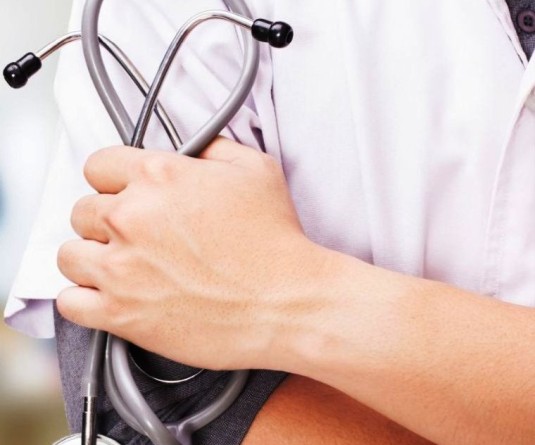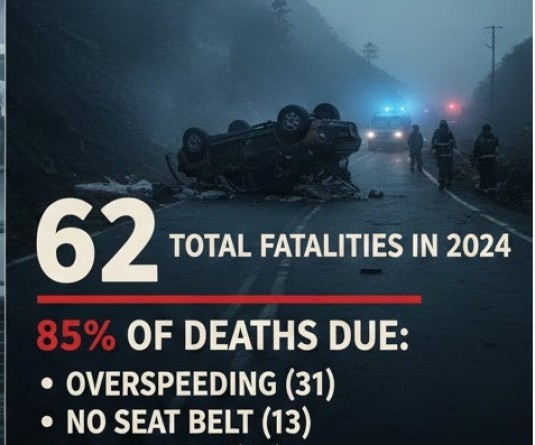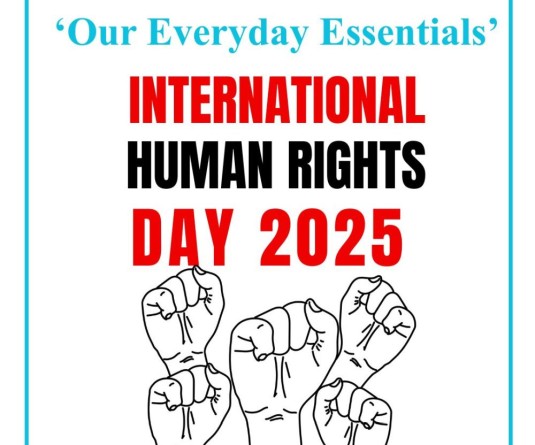Morung File Photo

Kuzhovesa & Longrangty
Phek/Dimapur | September 12
Despite the relentless initiative of the government agencies, churches, non-governmental organizations and politicians in Nagaland, HIV/AIDS continues to pose a major health concern for the citizens of the state, in the light of a statement by an official in the Nagaland State AIDS Control Society (NSACS), that there are roughly a hundred HIV positive detections every month.
So far the state has carried out blood screening of 2,45,869 persons in Nagaland from the year 1994 till date, out of which 8305 persons were tested positive, disclosed Dr. R. Rose, Consultant CST, NSACS. “As of now, September 12 the cases might be 8400, because we are detecting a hundred cases every month,” said Dr Rose this evening. He however asserted that 8305 confirmed cases of HIV are authentic.
Dr Rose, who is the Consultant, Care, Support and Treatment of NSACS, also disclosed that there are 60 Integrated Counseling and Testing Centres (ICTC) in Nagaland along with ten Mobile ICTC which are carrying out the HIV/AIDS blood testing in the state. The state has been divided into four categories ABCD. Except Longleng, ‘which has little or no reports on HIV/AIDS’, all the districts in the state have been put into the A Category, Dr Rose informed.
However, the most alarming aspect of the HIV/AIDS scenario is that NSACS has now put the number of HIV positive in an estimated 19,000 persons. This number is deduced on the basis of ‘epitome of excuse’ which might not be exact figure but might however not be far from the fact, since the HIV/AIDS campaigns conducted by the various agencies still remain to reach a larger part of the society. Besides, the campaigns have been curtailed to a great extent due to the stigma and discrimination on people living with HIV/AIDS.
Nonetheless, Dr R Rose during a ‘1 day Advocacy campaign on HIV & AIDS’ with the stakeholders at Phek Town on 9 September, informed that the state has a prevalence rate of 1.20%. The highest rate of infection was detected in the age group between 25 to 34 years at 36.6% while the infection rate was the lowest in the age group of 50 and above at 0.05%. The rates of infection in the following age groups are: below 14 years – 5.7%, 15 to 24 years – 32.9%, 35 to 49 years 20.2%.
Mode of transmission was found to be highest in the sexual route at 85.4%, infection through sharing of needles stood at 5.58%, through blood transfusion 0.35% while 2.22% cases were detected as unknown and unspecified. It further stated that 3264 people (1866 male and 1458 female) are being given AIDS care by NSACS, while 473 people have died of AIDS related complications, the report added.





.jpg)
